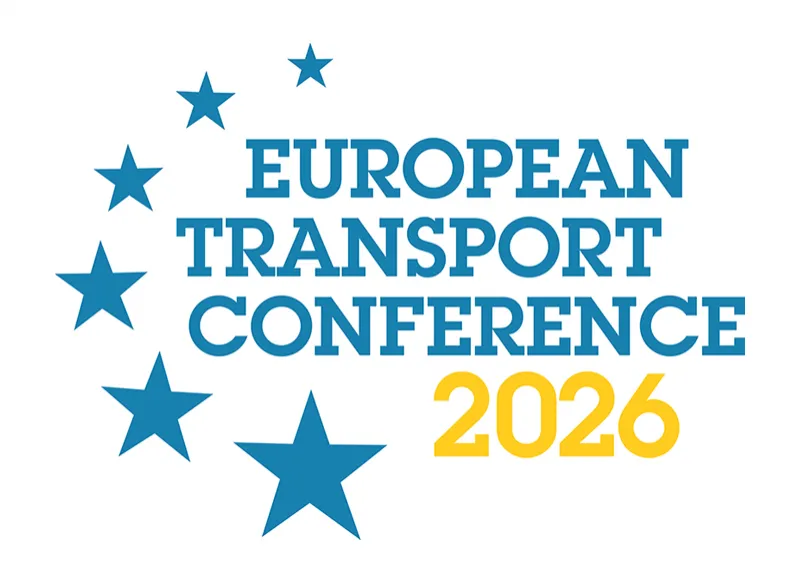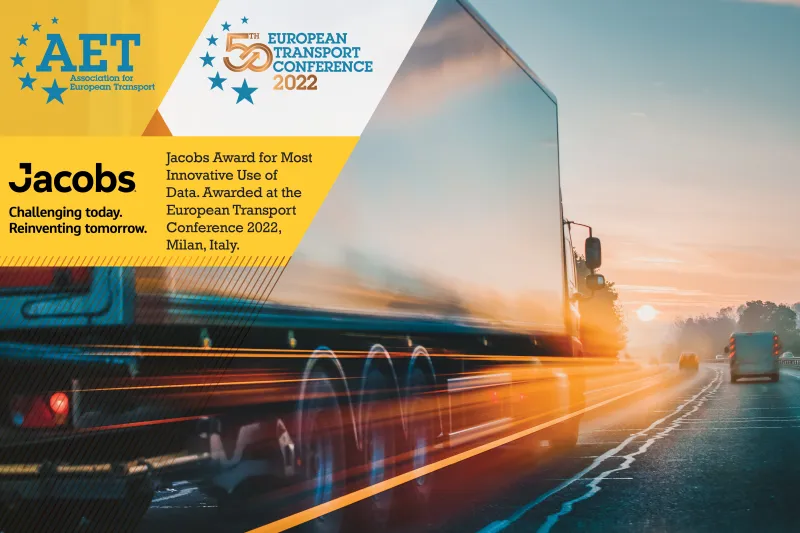Winners of the Jacobs Award for Most Innovative Use of Data, for their paper:
A Novel Approach to Developing LGV trip matrices for Second Generation of Regional Traffic Models
In general, representation of LGVs in transport models in the UK is poor, resulting in significant uncertainty in model forecasts, mainly due to lack of spatially detailed and representative data on LGV travel patterns.
The common practice in the last few years has been to use GPS-based trip information as the primary source to develop Origin Destination (OD) LGV demand matrices.
These data sources suffer from a number of key limitations including low sample size, lack of information on trip purposes, and a biased sample towards newer vehicles that tend to have different travel patterns compared with average LGVs in vehicle fleet.
An innovative methodology was developed and implemented to build LGV demand matrices for second-generation RTMs based on combining insights from a number of different data sources using data fusion techniques and matrix development principles, with two key objectives:
- Bias-correct and combine GPS-based OD trip data with complimentary data sources to establish a more accurate representation of LGV travel patterns; and
- Disaggregate LGV demand into purpose-based demand segments to allow development and testing of different LGV growth forecasting scenarios.
In particular, data from annual testing of vehicle safety and environmental standards (MOT test), linked with information on vehicle licensing and aggregate estimates of LGV road traffic were combined with Teletrac-Navman Trafficmaster OD trip records using an innovative approach to bias-correct and expand it into representative OD demand matrices covering travel within the entire Great Britain.
Furthermore, innovative machine learning and statistical modelling methods were used to calibrate a classifier, applied to GPS trip records to infer LGV trip purposes (i.e. delivery, commuting / service, and personal travel) based on insights from the 2020 LGV usage survey.
The segmented LGV demand matrices show distinct travel patterns associated with the above travel purposes.
The novel methodological framework developed can be used to address the fundamental issue of lack of a single comprehensive data source to establish LGV travel patterns through data fusion methods to combine insights from available data sources.
In addition, representation of the distinct behaviours and travel patterns of different LGV segments should aid better interpretation of the data sources. Adoption of this segmentation will also provide the opportunity to improve forecasting methods.











